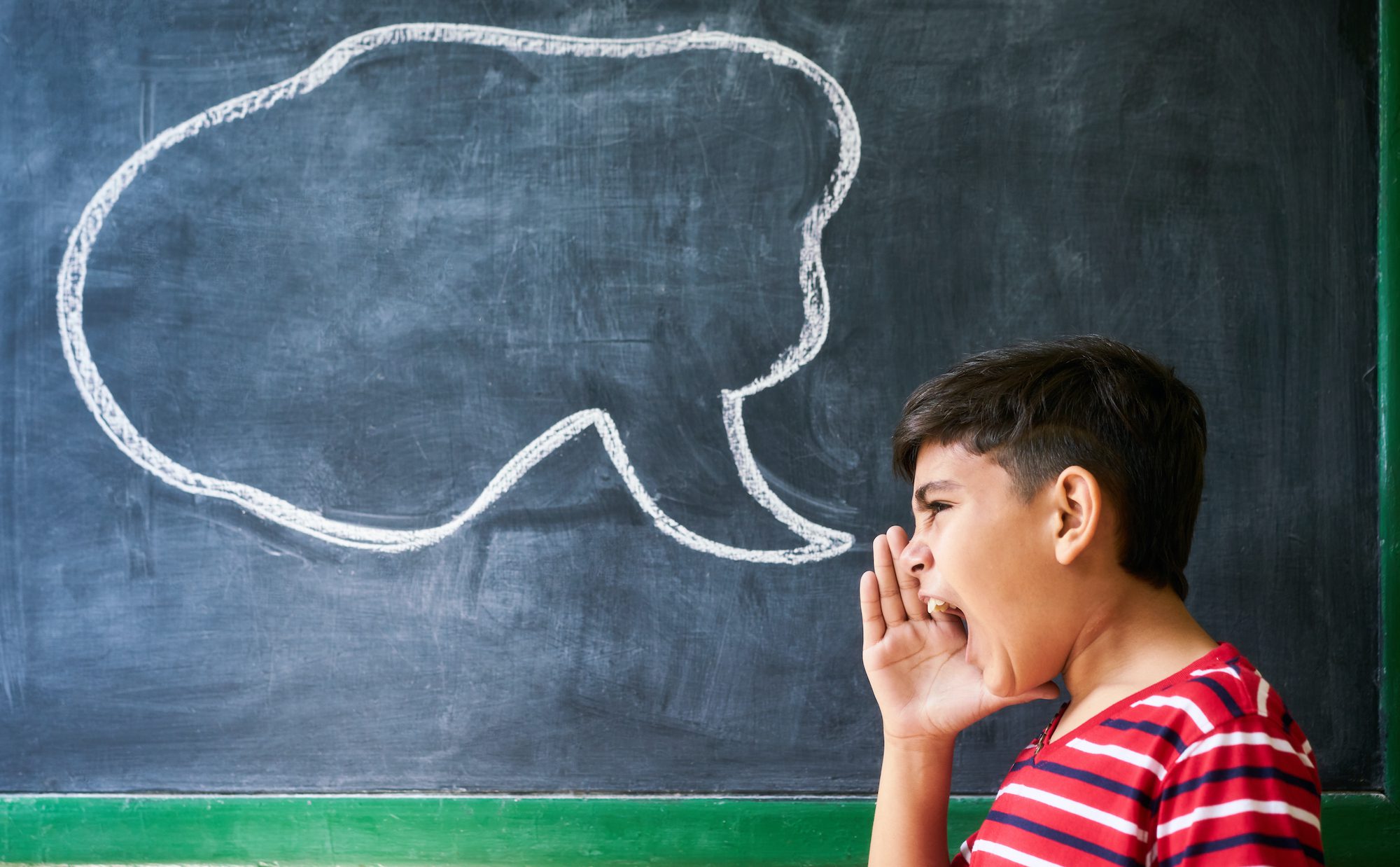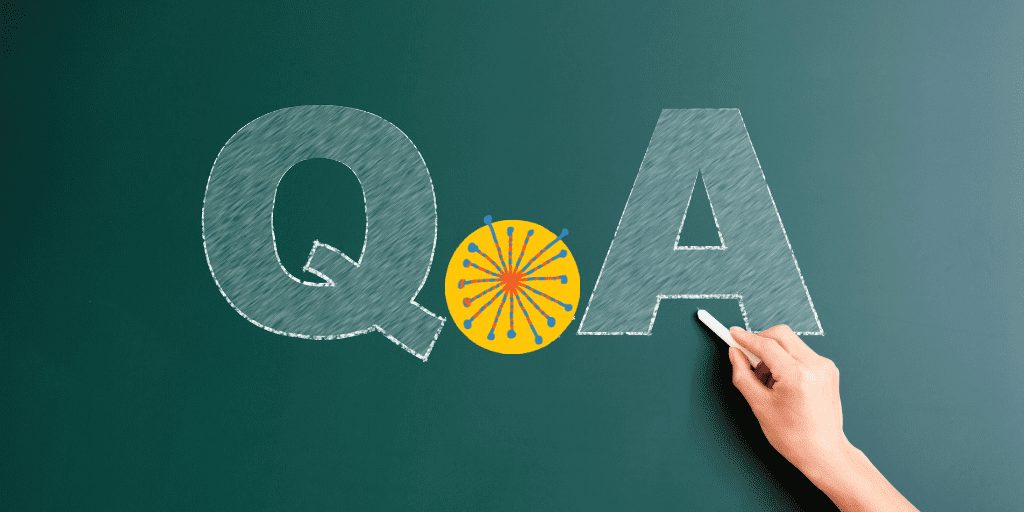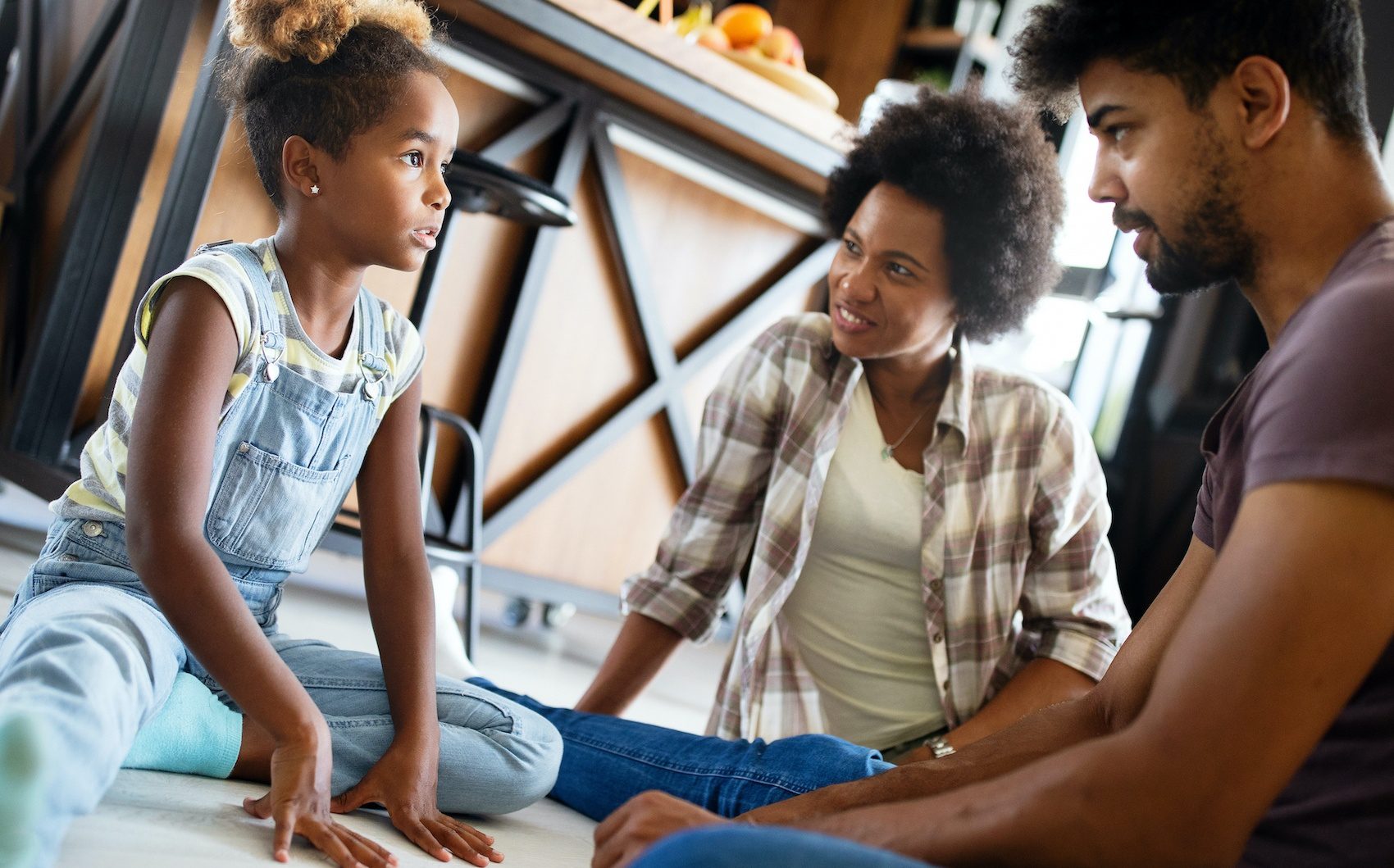Articles containing: emotions
Manejo de la ira: cómo ayudarlo a usted y a sus hijos a mantener el control

Todos se enojan de vez en cuando, tanto los padres como los niños.
La ira es una emoción normal que forma parte de la respuesta de “lucha o huida” . Esto significa que es una emoción que nos informa que algo en nuestras vidas es amenazante, frustrante, perturbador o injusto.
Anger: Knowing What Sets You Off and Ways to Manage It

We all have things that tend to unleash our anger. They vary from person to person. Once we have identified the things that set us off, we can work on behavioral strategies to avoid them – or if that’s impossible, to at least minimize them and lessen the feelings of anger that follow.
Q+A: What Can I Do to Help My Preschool Kid Learn Anger Management?

Question: My almost 4-year-old has been having a lot of angry tantrums lately, some that spiral out of control. What can I do to help them calm down?
It’s always good to start early in learning skills, and controlling anger and finding ways to channel it can begin in the preschool years.
Q+A: How Can I Help My Child Control Thoughts That Fuel Anger?

We all have things that cause our anger to flare – waiting in long lines; feeling dismissed by a friend or family member; feeling that another person is treating us unfairly or not paying attention to what we are saying.
Q+A: My 9-year-old grandson often feels that his younger brother gets more attention than he does. How can I help him feel that he’s getting the same amount of time and attention?

For answers to more caregiver questions about responding to kids’ big emotions in a healthy way, tune in to our “Ask Ellen” Q+A with Dr. Ellen Braaten.
My 9-year-old grandson often feels that his younger brother gets more attention than he does.
Anger Management: Ways to Help You and Your Kids Stay in Control

Everyone gets angry from time to time — parents and kids alike.
Anger is a normal emotion that’s part of the “fight or flight” response. This means it’s an emotion that informs us that something in our lives is threatening, frustrating, upsetting, or unfair.
Managing Challenging Behavior in Kids During Stressful Times, featuring J. Stuart Ablon, PhD – Shrinking It Down

Tune in wherever you get your podcasts. Just search for “Shrinking It Down.”
These past months and weeks have put tremendous stress on families across the country, on top of the daily challenges we were already navigating.




